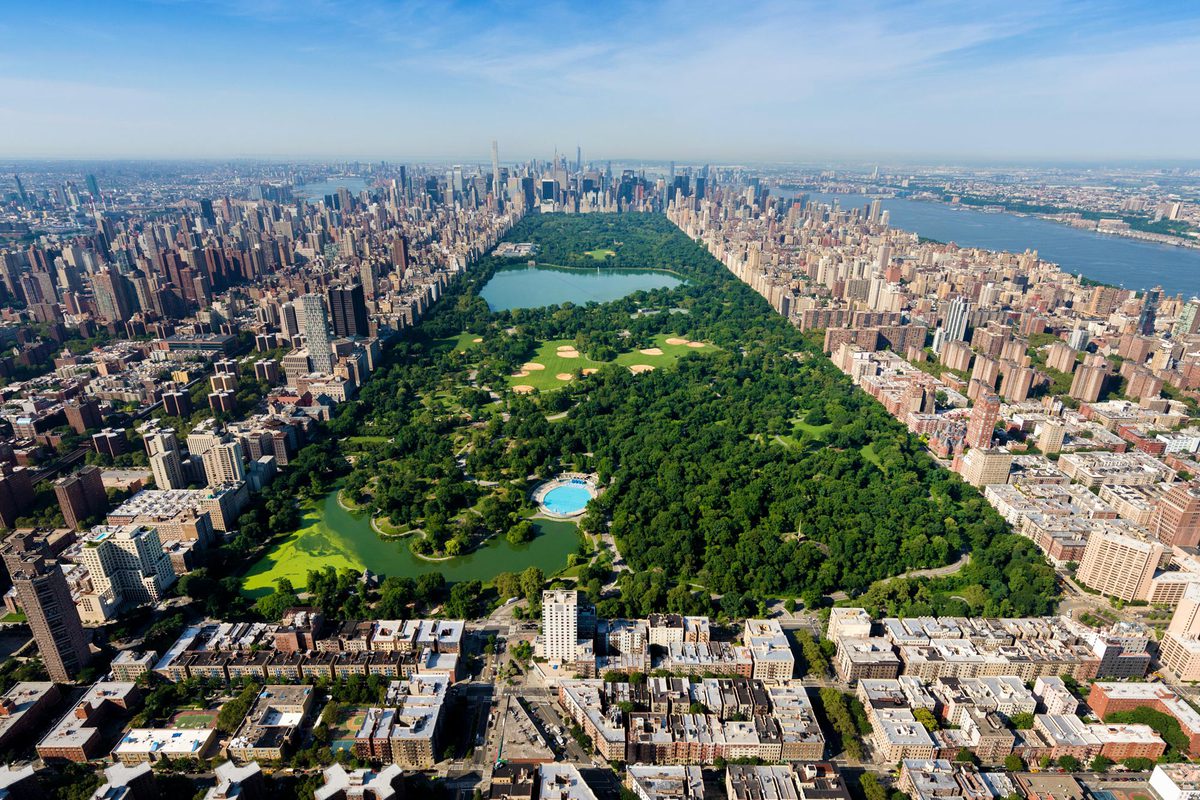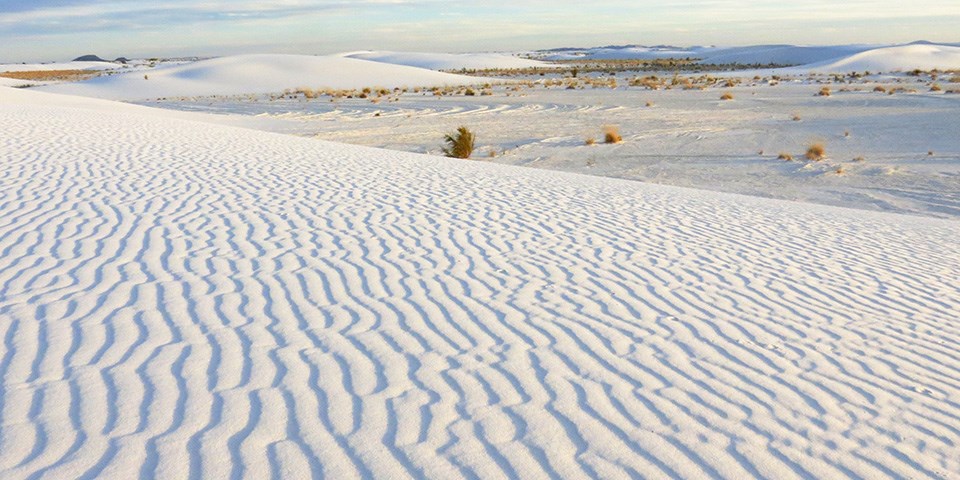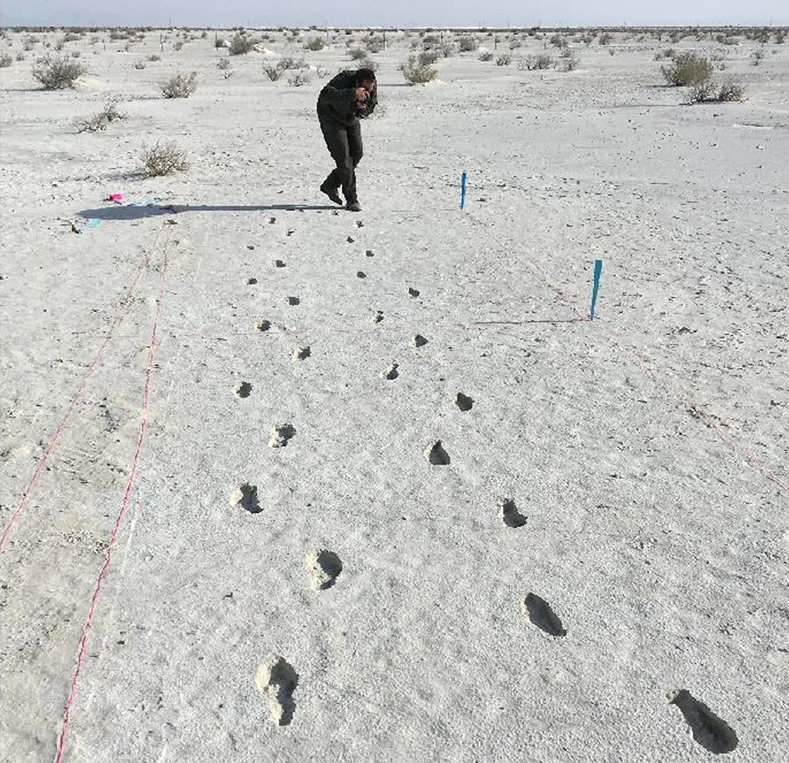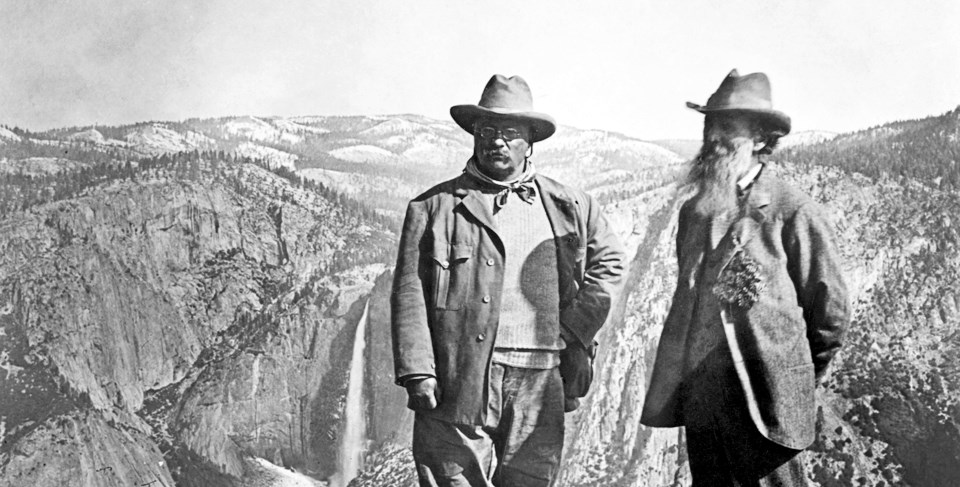“I went to the woods because I wished to live deliberately, to front only the essential facts of life, and see if I could not learn what it had to teach, and not, when I came to die, discover that I had not lived. I did not wish to live what was not life, living is so dear; nor did I wish to practice resignation, unless it was quite necessary. I wanted to live deep and suck out all the marrow of life, to live so sturdily and Spartan-like as to put to rout all that was not life, to cut a broad swath and shave close, to drive life into a corner, and reduce it to its lowest terms…” – Henry David Thoreau
Thoreau is well known for his writings, poems, and being a leader of the transcendentalism movement in America. A majority of his work is focused around nature, like the poem above. As a way to remove himself from what society had become and to find a more simple meaning in life, Thoreau went into the wilderness for two years, two months, two weeks, and two days. During this time he stayed in a cabin near Walden pond.
I believe this poem to be the essence of not only how humans view wilderness, but also how incorrect our assumptions are of what nature is. Thoreau begins by saying he went into the wilderness because he wanted to live without the hustle of society and the problems we have created for ourselves. “and not when I came to die discovered I have not lived.” Throughout this class, we have discussed and read how wilderness has no correct definition and how there is no wilderness without civilization. I believe this is what Thoreau is alluding to. Throughout history, the woods were seen as godless and full of turmoil, a place to go to die. But Thoreau understands it is the exact opposite, the wilderness is full of life and has much more to teach than we can ever understand.
Thoreau goes on to explain that the society we have built is merely a facet of our existence. That the troubles of daily life are no more real than the construct and definitions of wilderness. Finally, he says that he wishes to boil down life to discover its simplest form, to search for the answer to the question humans have pondered for hundreds of thousands of years. What is the meaning of life?












